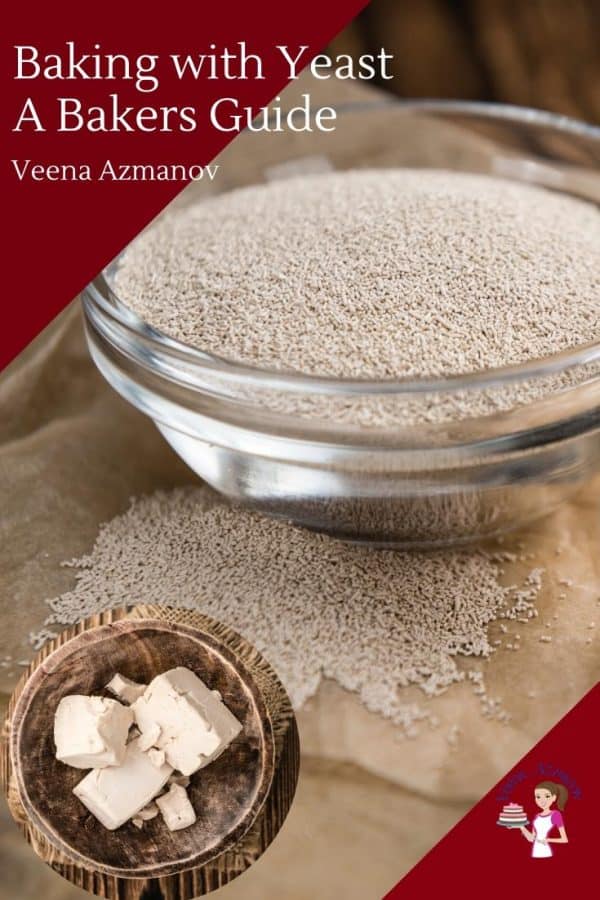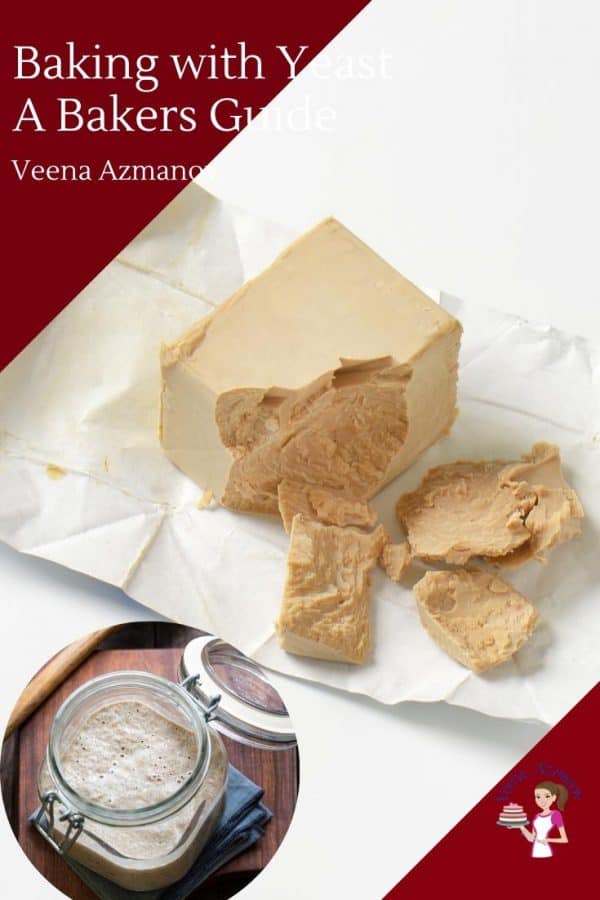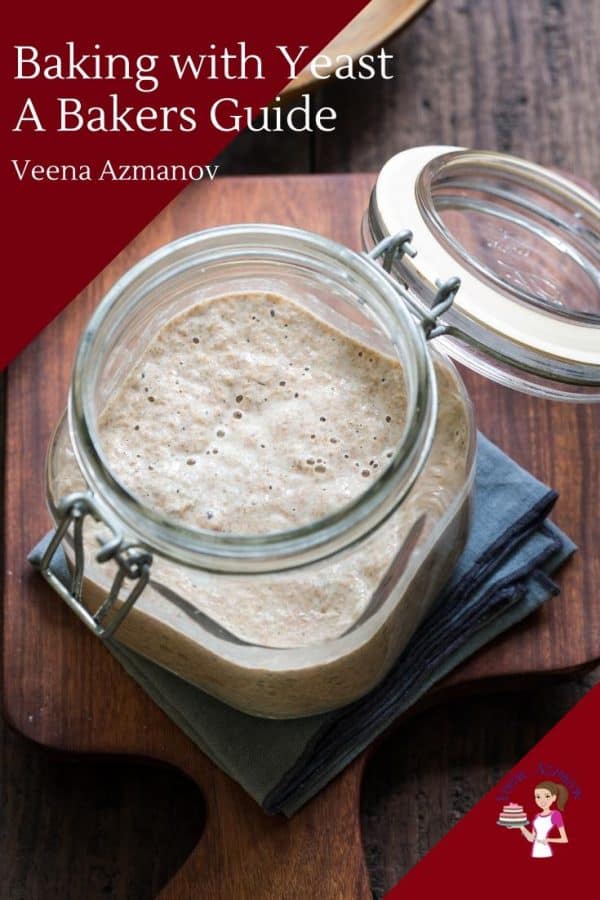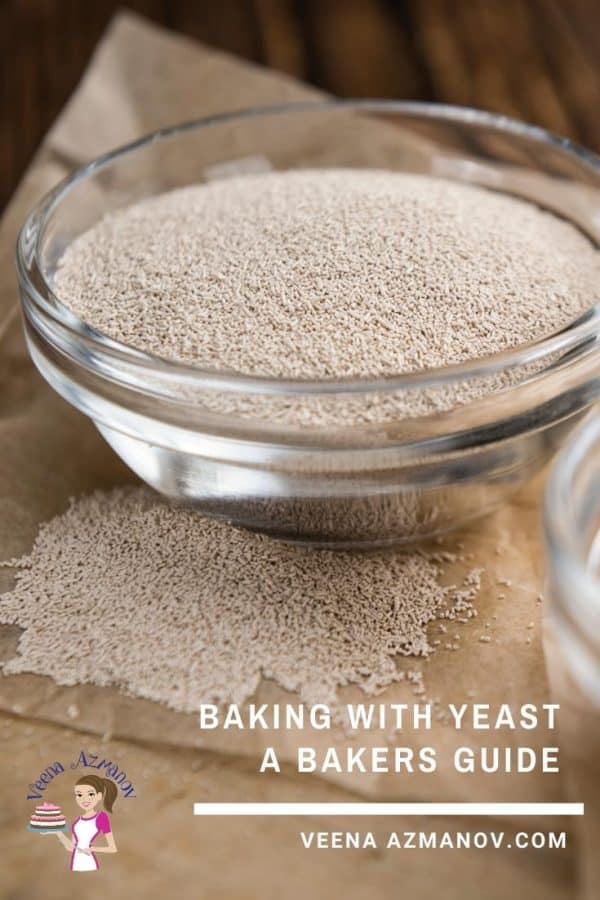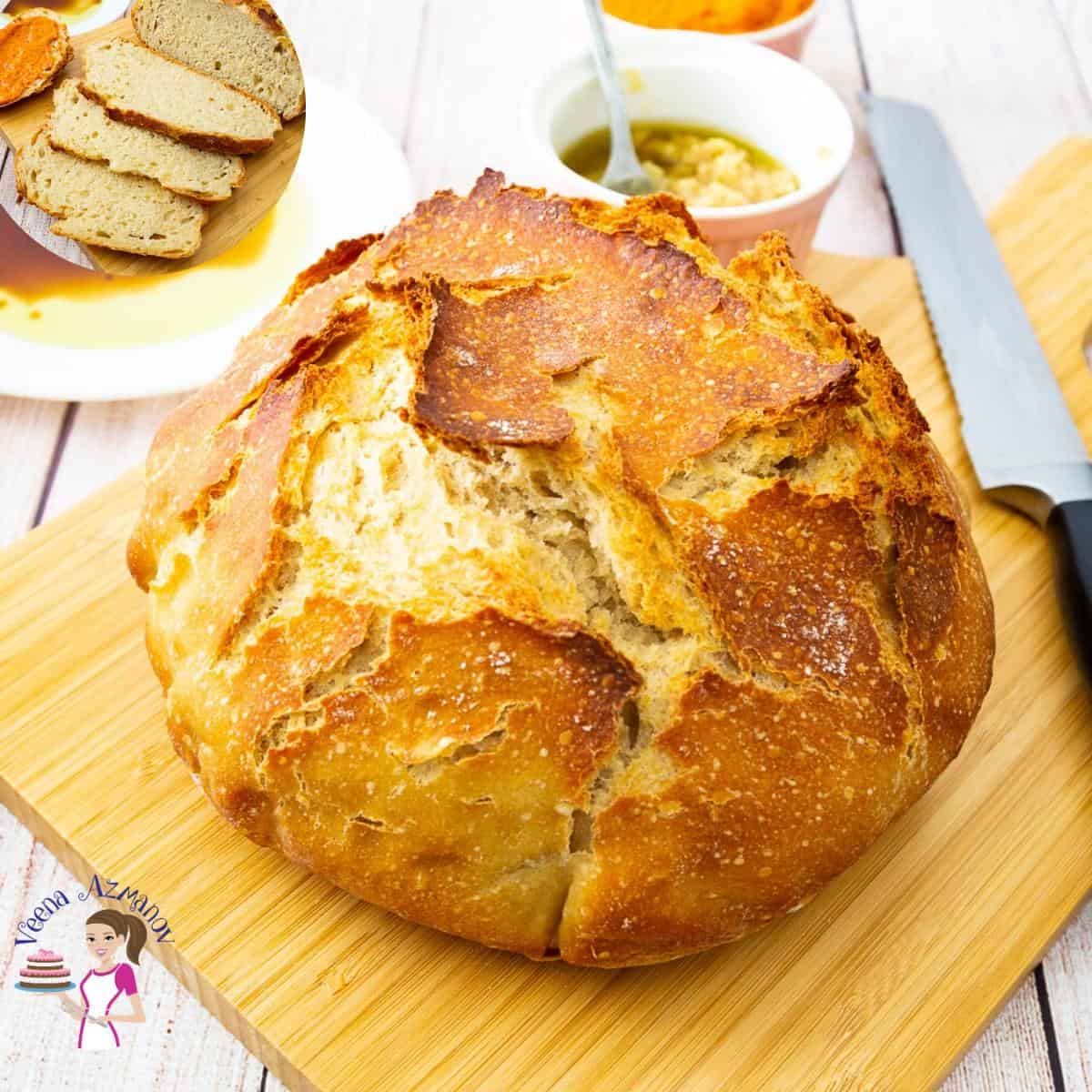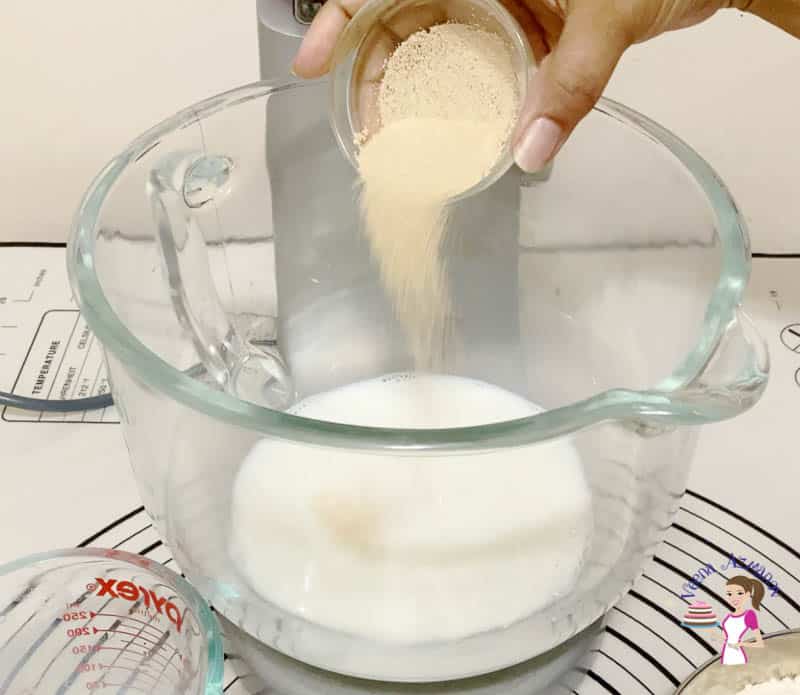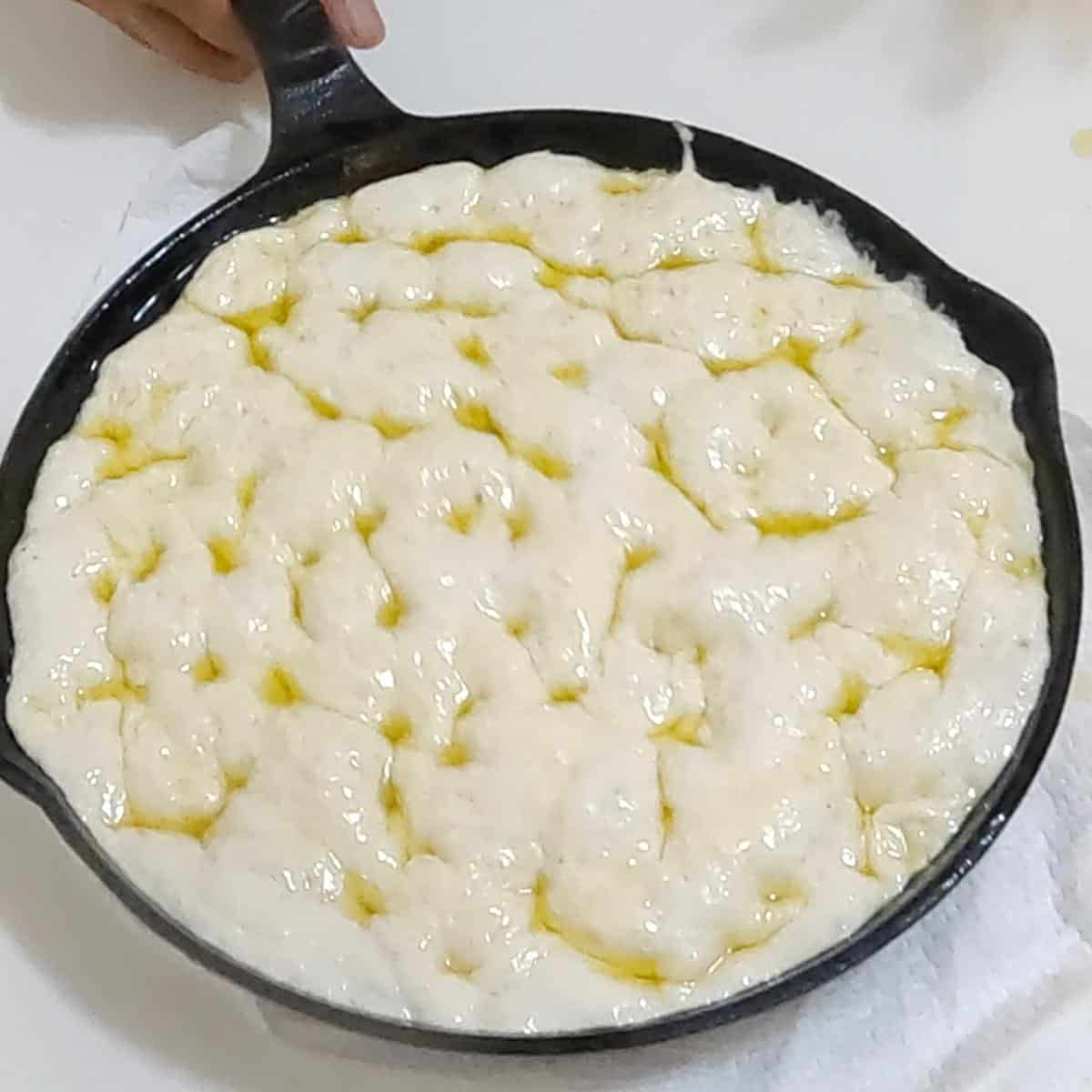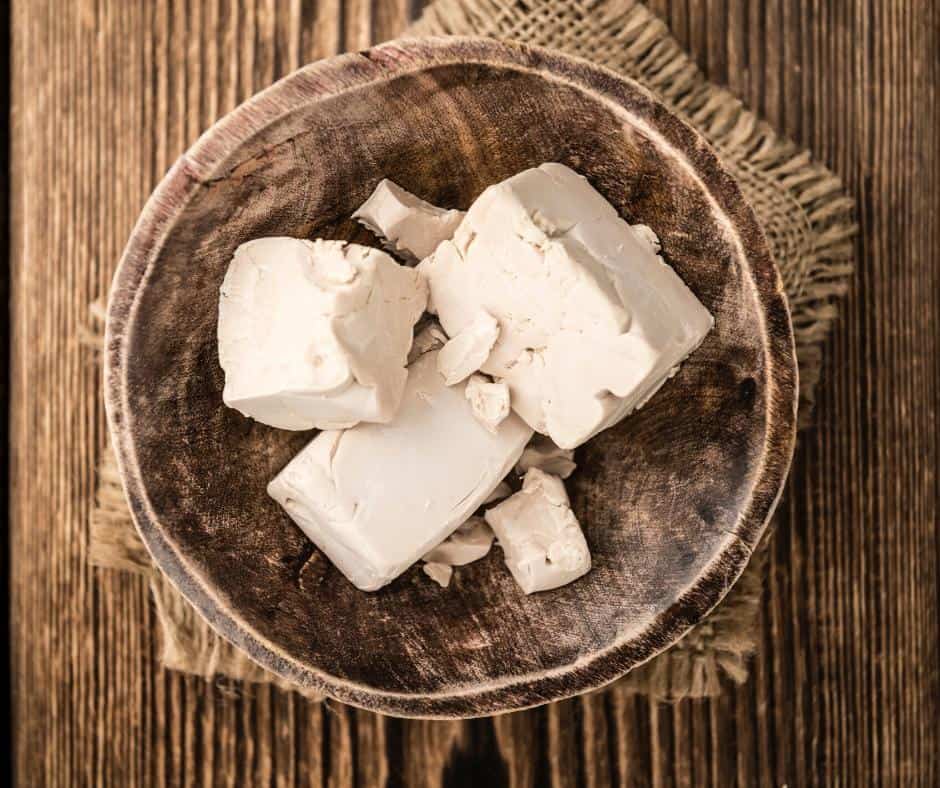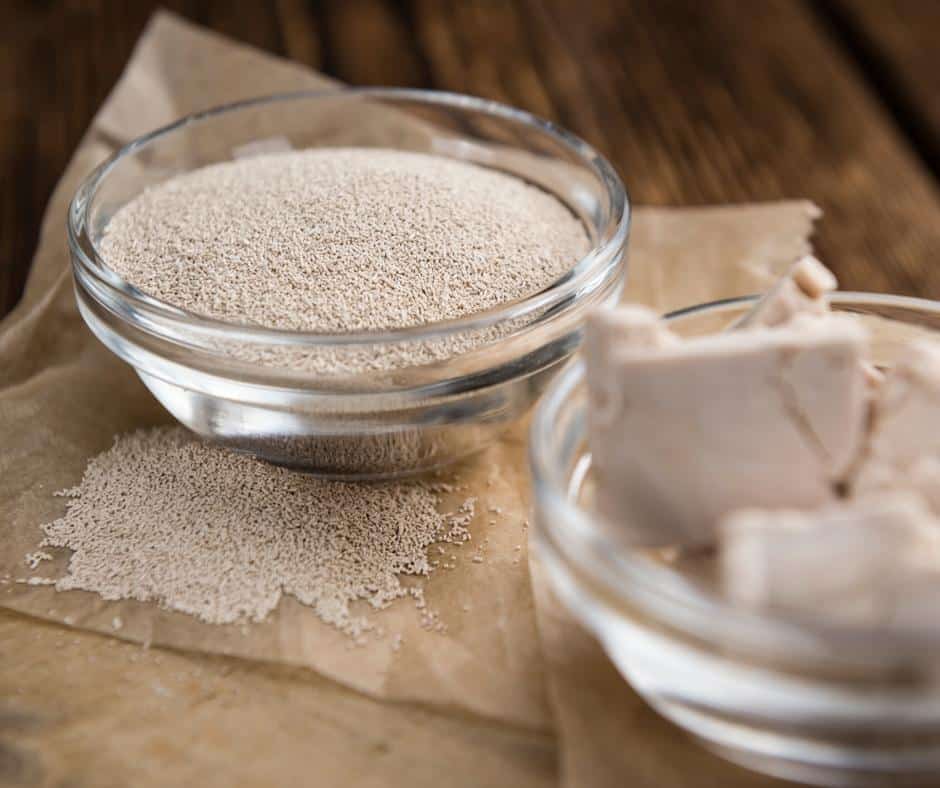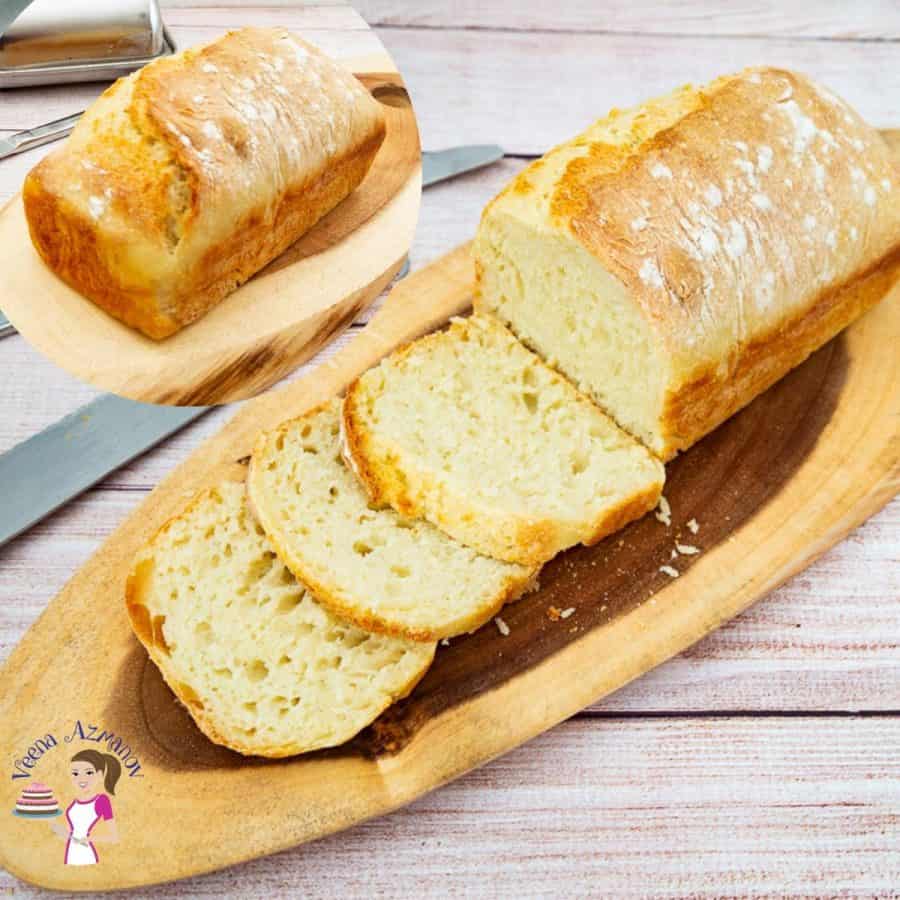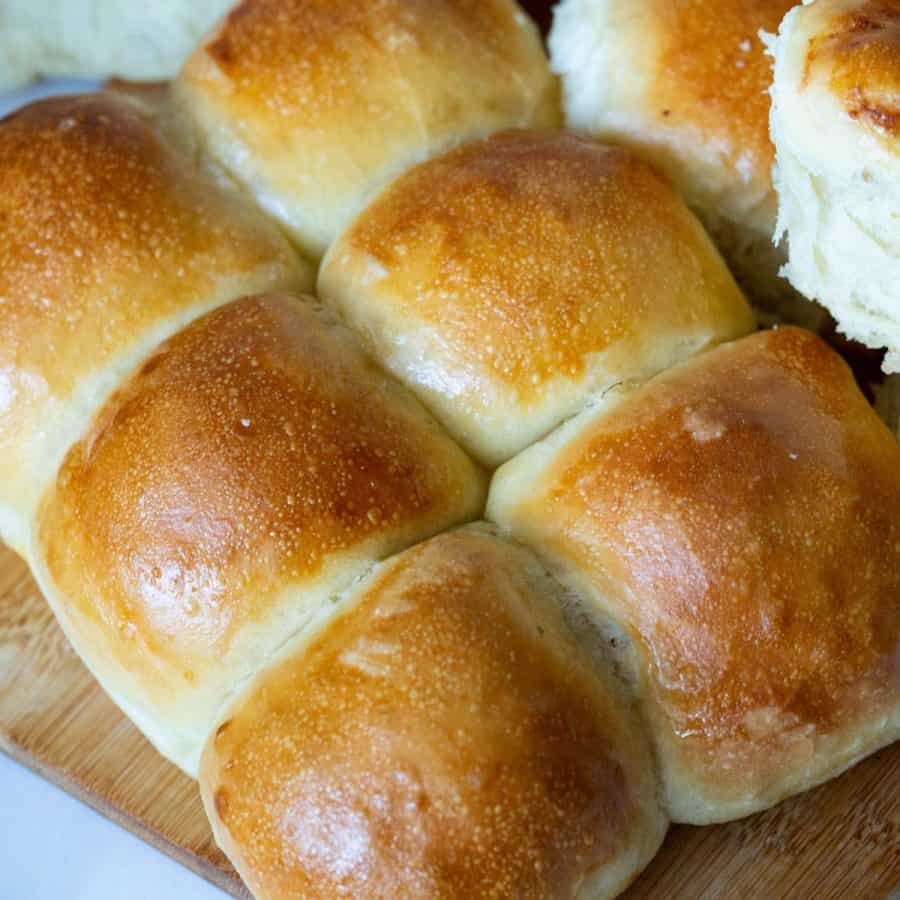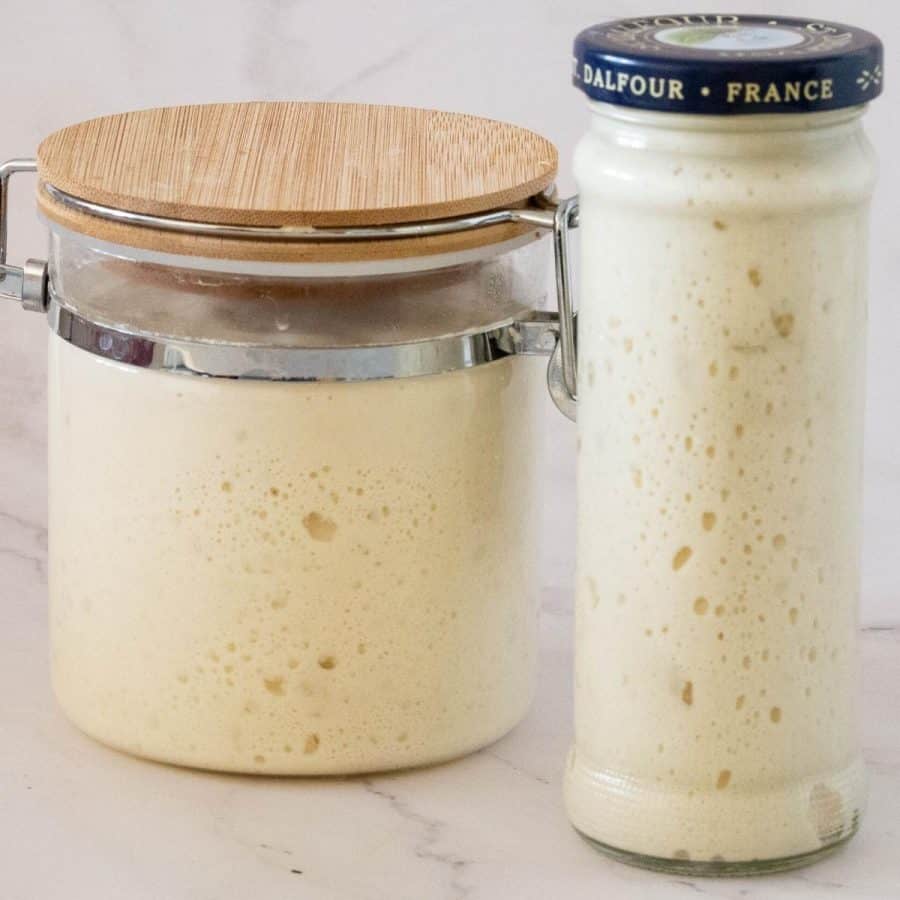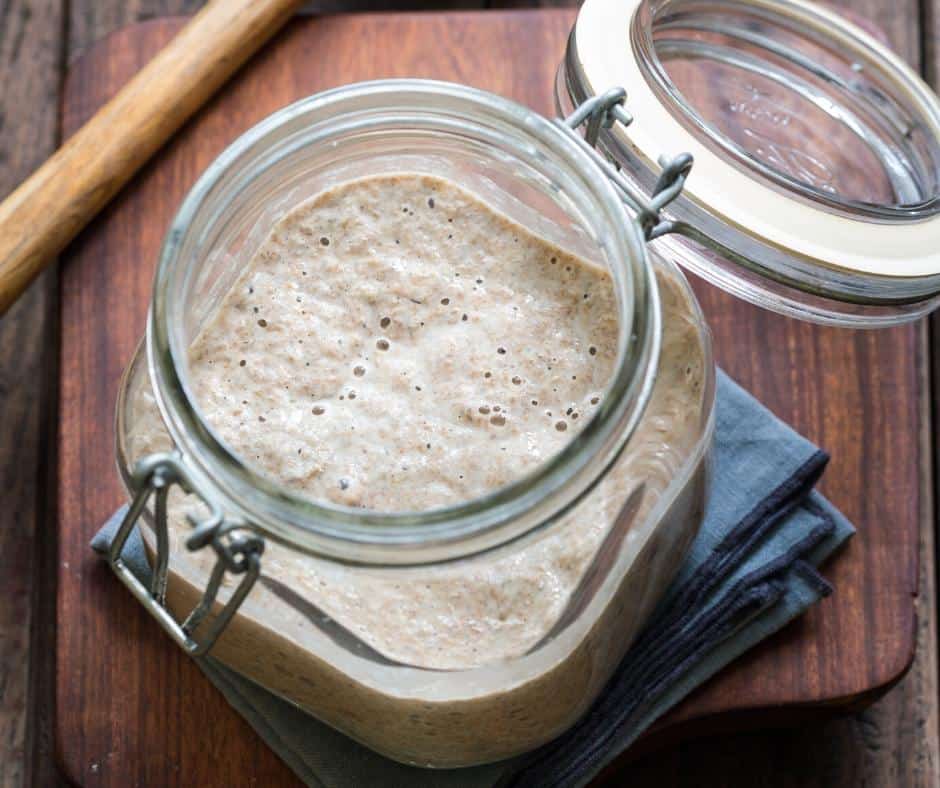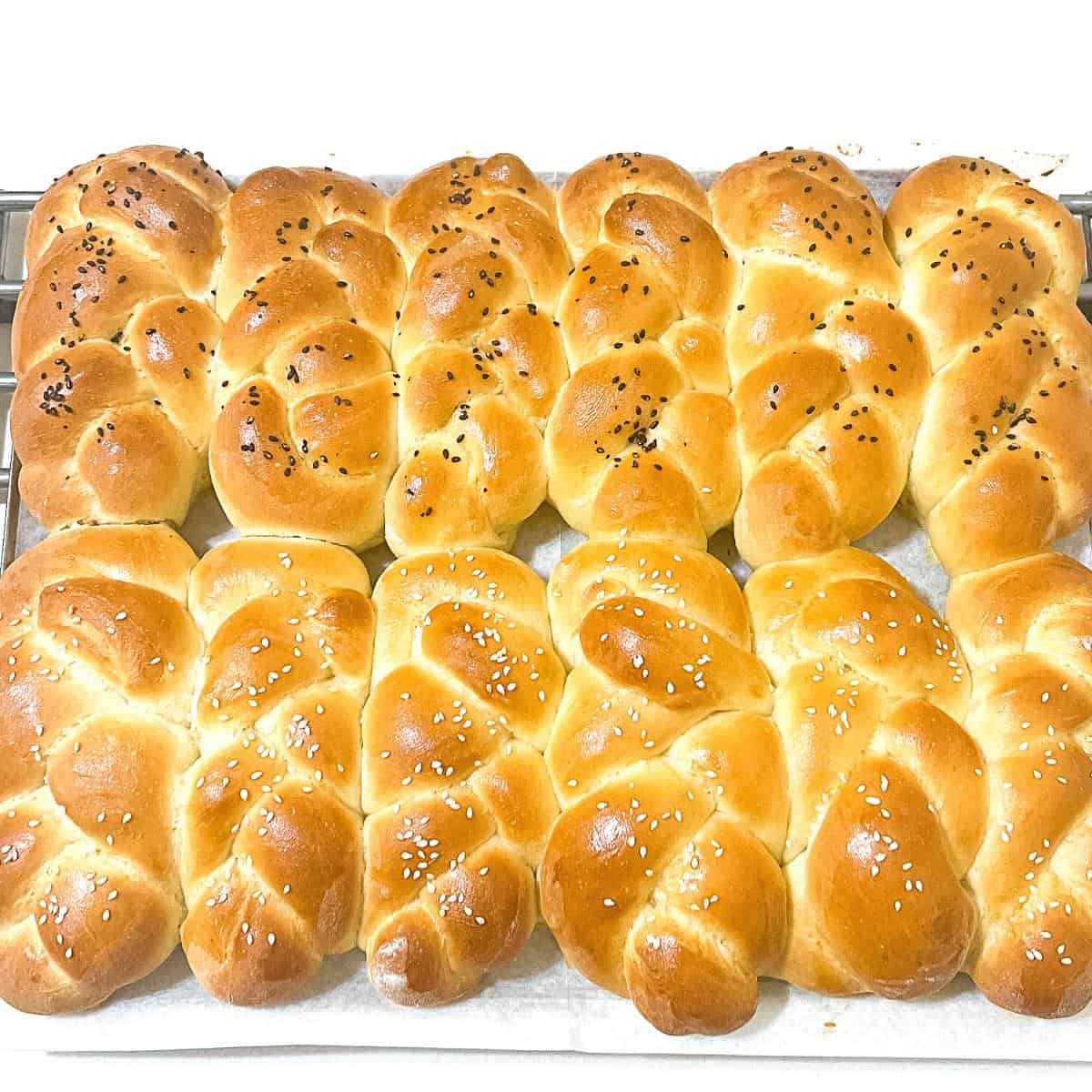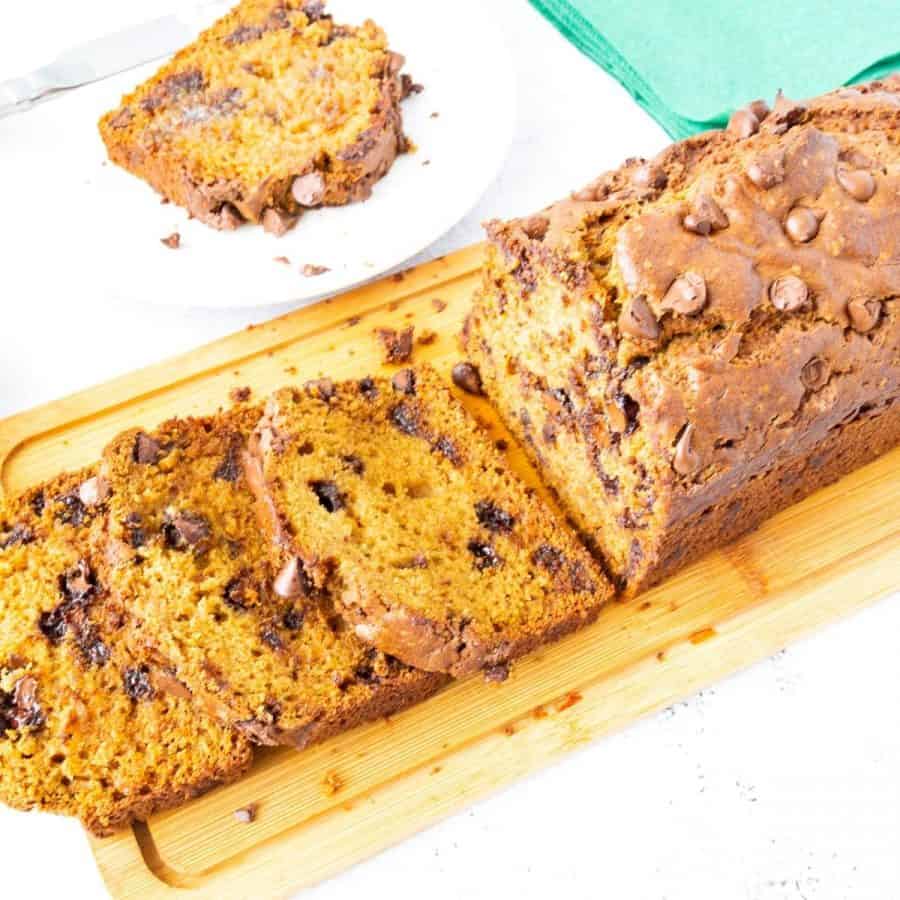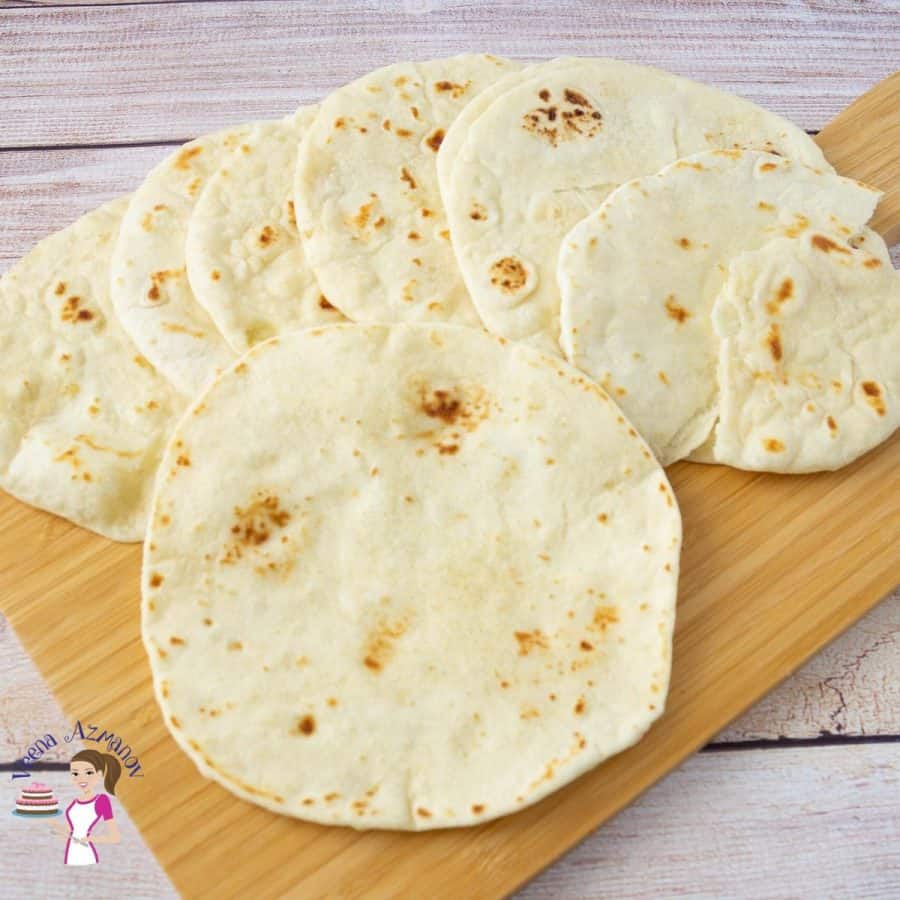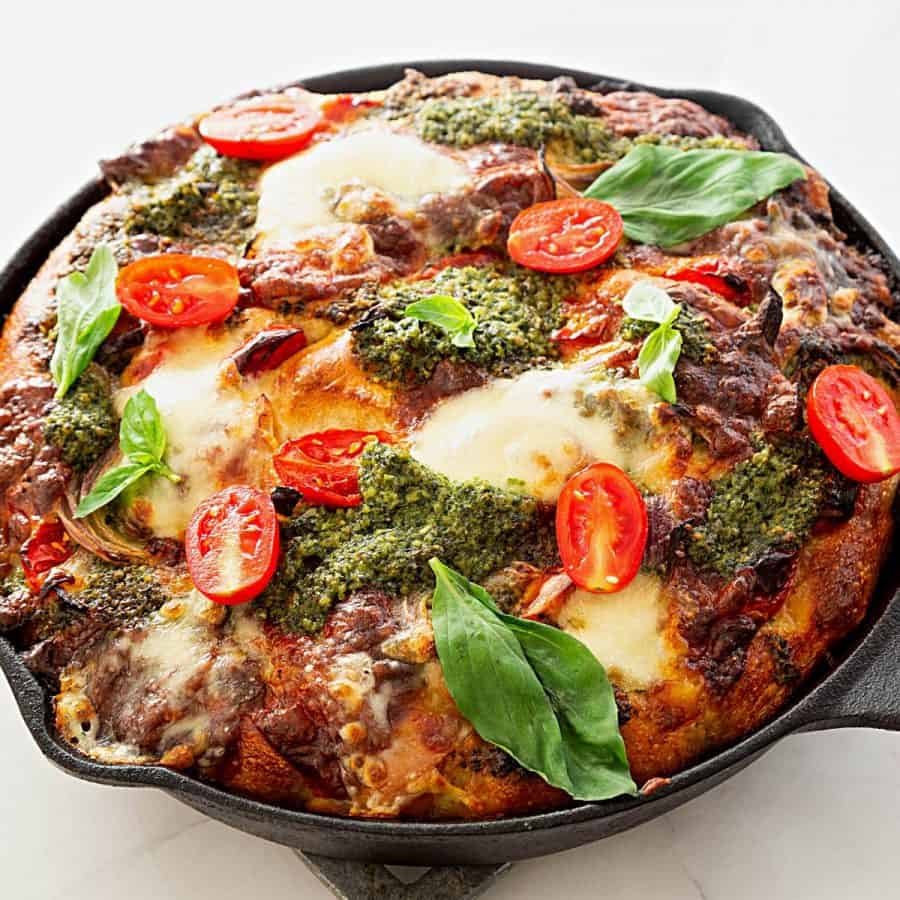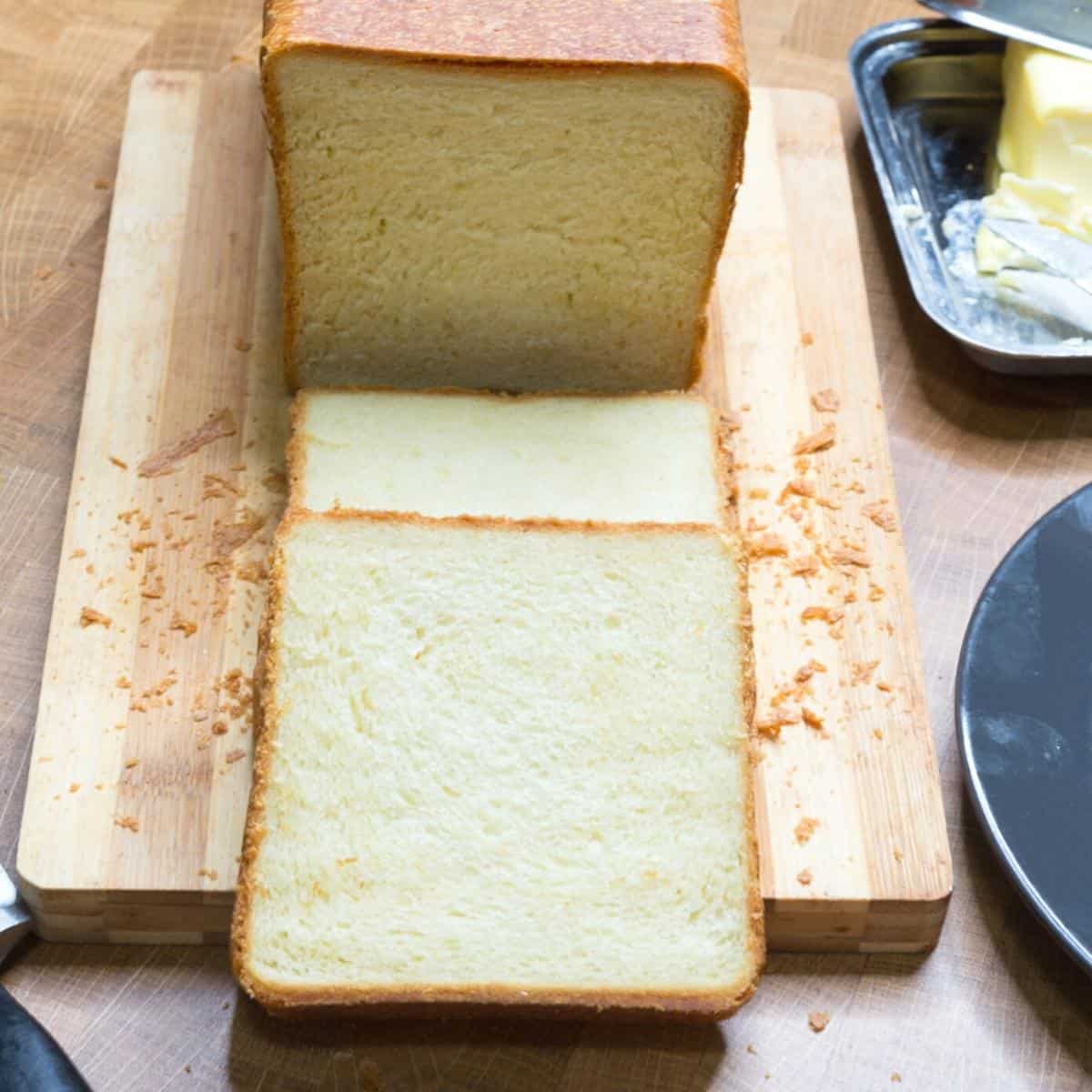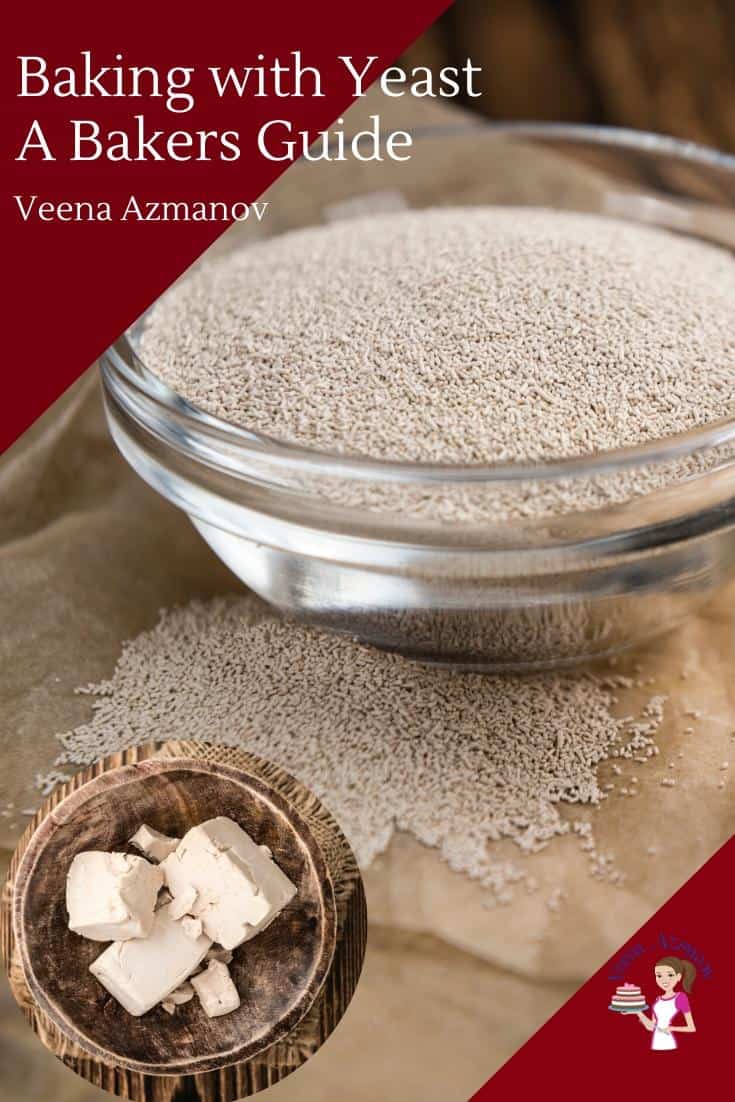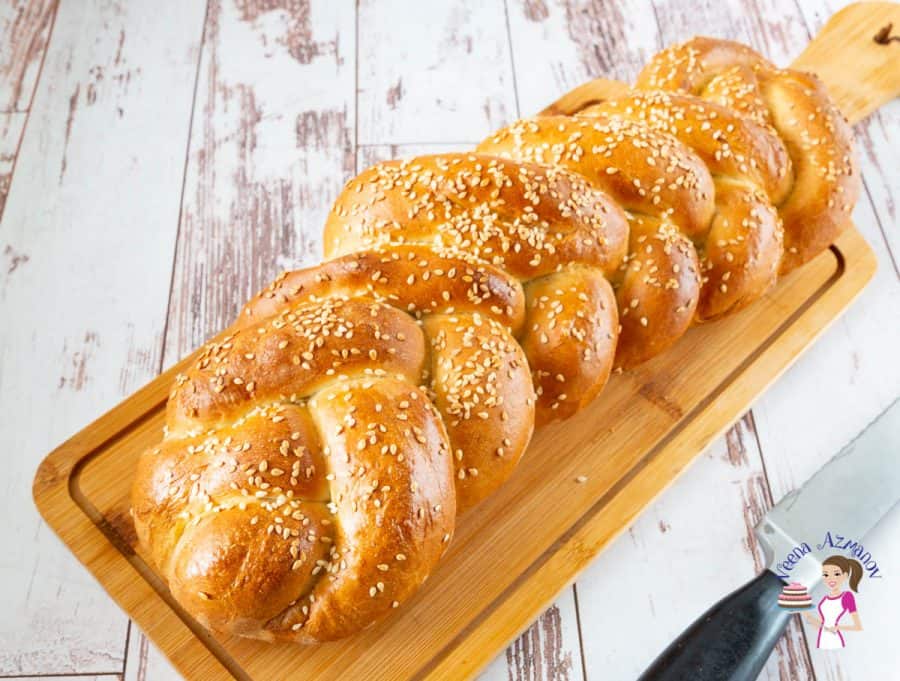In this article you’ll learn everything you need to know to make delicious bread, rolls, and pastries. You’ll learn how to classify, store, and activate different types of yeast, as well as how to work with yeast to make delicious recipes. We’ll even cover proofing, which is the process of making sure your baking turns out perfectly every time. Working with yeast can be an intimidating prospect, but with this beginners guide you’ll be ready to make delicious treats in no time at all.
Yeast substitutions
Homemade Soft Dinner RollsTypes of Creams and Their UsesNo Yeast BreadBirthday Cake Recipe ChocolateEasy Pumpkin Dinner Rolls
Troubleshooting
My yeast does not become foamy? Check the temperature of the water. If the water is too hot, it will kill the yeast, and if it is too cold it will not revive the yeast. The right temperature for the yeast is around 110F. If it still does not rise, give it a few more minutes. Start over. Alternatively, the yeast itself may be expired, which can happen when yeast is not stored properly or has past its expiration date. My dough does not rise? A few things could be the problem. Perhaps the room is not warm enough. Keep the dough in a warm place like the oven with the light turned on. The yeast is not active, perhaps it’s expired. This can happen if the water used was too hot or the yeast itself has passed its expiration date. You may need to start over. The ratio of yeast to flour is not correct. It is very important to read your recipes and use the right type of yeast for the right quantity of flour. Too little yeast for a big batch of dough will not make a good loaf of bread You did not knead the dough enough. This is not always an issue with every bread because we do have no-knead dough recipes. But it works only if the ratio of yeast to flour is correct. So kneading is as important as the quantity of the yeast. My dough does not stretch? Working with dough needs patience and tack. If you overwork the dough it will start to resist. This means that the gluten strands need a bit of rest. All it takes is just five to ten minutes to rest the dough and it will cooperate again. Often, we try to work quickly and don’t give the dough time to relax, which can compromise the final results of our baked bread. Is baking bread easy? Absolutely, not all bread is hard to work with. There are many simple, easy and less complicated recipes that you can start with. Now that you know all about yeast, it would be a great time to start. Start with simple easy recipes. And, I have some wonderful basic recipes that are perfect for novice bakers. Here are a few of my favorite easy yeast bread recipes to start with.
Bread recipes for beginners
Homemade Soft Dinner Rolls – these are soft and light and oh so delicious. My kids’ favorite too. I also have a video and step-by-step instructions for you as well. If you like them, sweet try my Homemade Hawaiian Rolls. I also make them in Roasted Garlic Parmesan Bread Rolls and Garlic Dinner Rolls. My Homemade Pizza Dough is very popular and for good reason. Kids love making pizza so it’s the perfect recipe to get the kids into the kitchen. Read my 10 Tips to Better Homemade Pizza. If you love making sandwiches, I have a few recipes and you will be surprised how easy these are. Classic White Sandwich Bread Recipe Pullman Sandwich Bread – Pain-de-mie Brioche Sandwich Loaf – Brioche Pullman Loaf Whole wheat Sandwich Bread And, if you love homemade burgers, you must try my super soft burger buns recipe. Classic White Soft Burger Bread Whole Wheat Hamburger Buns Also, if you like rustic whole wheat bread, you must try my simple and easy recipes like: Rustic Walnut Raisin Whole Wheat Bread No-Knead Beer Bread
I hope you found this guide useful. Of course, I have shared many bread recipes along with videos to encourage you to try homemade bread recipes. If you do try any of my recipes I would love to hear from you about it. The structure of yeast cells consists of several elements: During the fermentation process, yeast consumes sugars and produces carbon dioxide and alcohol as byproducts. This gas production is what causes bread dough to rise and is also a critical step in the production of alcoholic beverages.
Yeast: Yeast is a microorganism, specifically a type of fungus, that is used as a leavening agent in baking. It is responsible for the fermentation process, where it consumes sugars and produces carbon dioxide gas and alcohol as byproducts. The carbon dioxide gas gets trapped in the dough, causing it to rise and giving baked goods their light and airy texture. Yeast is gluten-free, meaning it does not contain gluten. Gluten: Gluten is a protein complex found in certain grains, primarily wheat, barley, and rye. Gluten gives dough its elastic and stretchy texture, allowing it to trap gas bubbles produced by the yeast during fermentation. This elasticity contributes to the structure and texture of bread and other baked goods. Gluten is not present in yeast itself, but it is formed when wheat flour comes into contact with water, forming gluten strands that give dough its characteristic properties.
In baking, yeast and gluten work together to create the desired texture and structure in bread. Yeast provides leavening by producing carbon dioxide, while gluten helps trap the gas and gives the dough its elasticity and structure. However, it’s important to note that yeast and gluten are separate entities, and individuals with gluten-related disorders, such as celiac disease or gluten sensitivity, need to avoid gluten-containing grains, including wheat, barley, and rye, regardless of whether yeast is present. When yeast is mixed with warm water and a source of sugar, it becomes active and starts feeding on the sugar. As the yeast consumes the sugar, it produces carbon dioxide gas and alcohol as byproducts through a process called fermentation. The carbon dioxide gas gets trapped in the dough, causing it to rise and expand. During the proofing stage, the dough is left to rest in a warm and humid environment, typically for a specific period of time. This allows the yeast to continue fermenting, producing more carbon dioxide and allowing the dough to rise further. The dough becomes lighter, more airy, and increases in volume during this time. The proofing time and temperature can vary depending on the recipe and desired outcome. A longer proofing time generally results in more flavor development and improved texture. The warmth of the proofing environment helps accelerate the fermentation process, but too much heat can be detrimental to the yeast’s activity. Proper proofing allows the dough to reach its optimal rise and development before baking. It helps create a light and fluffy texture, enhances flavor, and improves the overall structure of the bread. After proofing, the dough is ready to be baked, and the heat of the oven further activates the yeast, causing additional expansion and creating the final product. Both wet yeast and dry yeast serve the same purpose of leavening bread and other baked goods by producing carbon dioxide during fermentation. The choice between wet yeast and dry yeast depends on personal preference, recipe requirements, and availability. It’s important to note that the availability of different types of wet yeast can vary depending on your location and the specific supplier or brand. If you are unsure about the specific types of wet yeast available to you, it’s best to check with local baking supply stores or inquire with professional bakers in your area. It’s important to follow the specific instructions provided by the manufacturer when using dry yeast in recipes, as different types of dry yeast may have slightly different requirements in terms of activation and usage. The choice of dry yeast depends on the recipe, personal preference, and availability in your region. It’s important to note that while you can generally substitute dry yeast for instant yeast, the reverse is not always true. Instant yeast is formulated to activate more quickly and does not require proofing. If a recipe specifically calls for instant yeast, it is generally best to use instant yeast to ensure optimal results. Always refer to the specific instructions provided by the manufacturer and adjust the quantities and proofing times as necessary when substituting dry yeast for fresh yeast in a recipe. Additionally, be aware that fresh yeast has a shorter shelf life and should be used within a few weeks, whereas dry yeast has a longer shelf life and can be stored at room temperature. It’s important to note that the above steps are a general guideline for activating yeast. Different types of yeast may have specific instructions provided by the manufacturer, so it’s always a good idea to refer to the packaging or any accompanying instructions for the yeast you are using. Additionally, the temperature of the liquid and the proofing time may vary depending on the type of yeast and the recipe. Following the specific instructions provided by the yeast manufacturer or the recipe you’re using will ensure the best results. Here’s a general process for letting the dough rise: Once the dough has completed the rising process, it is ready to be baked. The rising time can vary depending on factors such as the recipe, yeast type, room temperature, and desired flavor development. It’s important to follow the instructions provided in the specific recipe you’re using for accurate rising times. Allowing the dough to rise properly is crucial for achieving a light, airy texture and well-developed flavor in your baked goods. If you’ve checked all these factors and your dough still doesn’t rise, it might be helpful to consult a trusted recipe or a baking expert to troubleshoot further. Are you a bread-baking novice trying to tackle the task of bringing homemade bread to the dinner table? Working with yeast can seem intimidating, but it doesn’t have to be! Let this guide be your launching pad to a world of freshly-baked loaves of bread that will soon become a part of your regular mealtime routine. With a few simple steps and just a bit of patience, soon you’ll be able to create bakery-quality bread in your own kitchen. Happy Baking! Thank you for sharing - Save for later
